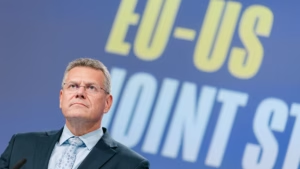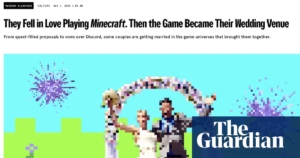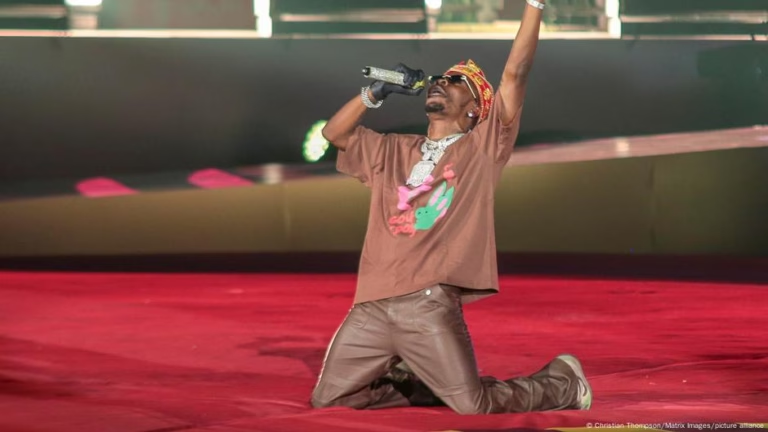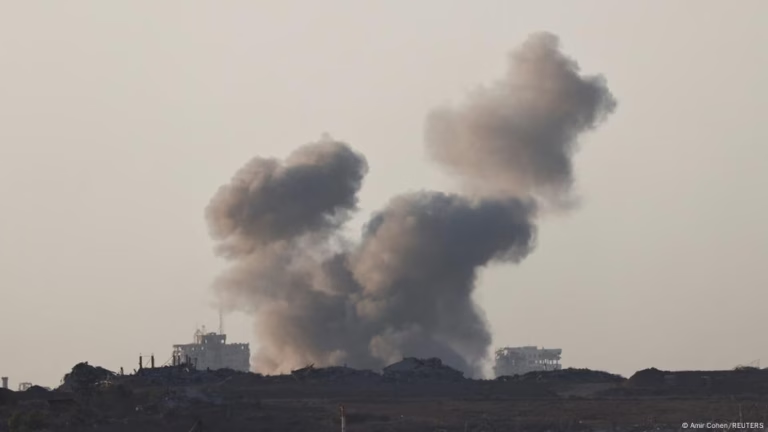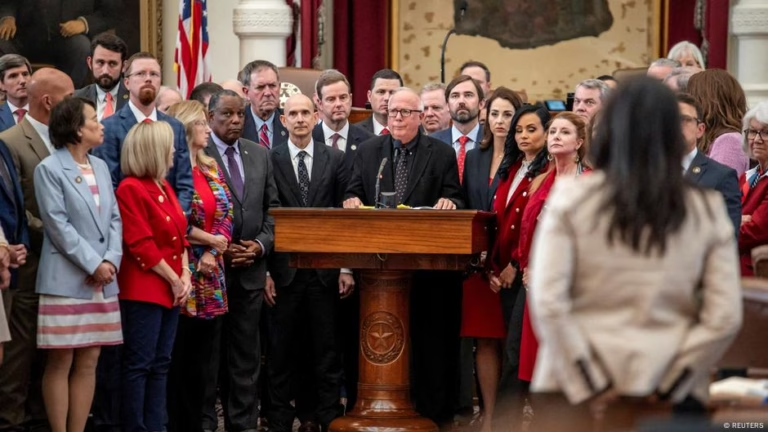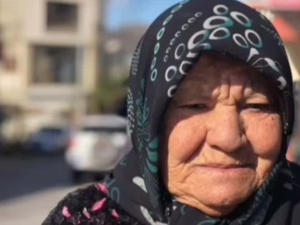Clara Marz argues that there are no “universal answers” to this question. She has curated an exhibition titled “Women in Divided Germany” and authored a book with the same name.
Marz, a media and cultural scientist, has approached the topic of women in West Germany and the former East Germany as objectively as possible. However, she admits that her perspective is not completely neutral, stating, “I come from eastern Germany.”
Marz feels that the experiences of women in her own family have influenced her views. “I think that’s the case for many children — especially girls — who grow up with their mothers’ and grandmothers’ experiences,” she says, noting that her mother was a shift worker, a common practice in former East Germany where women were indispensable to the socialist “economy of scarcity.” In contrast, many women in West Germany stayed at home and were housewives until the 1980s.
Regression in the East, progress in the West
The exhibition illustrates that every state-owned enterprise in East Germany (VEB) offered a day care center. In today’s reunified Germany, reconciling work and family life is not taken for granted. Visiting “Women in a Divided Germany” highlights current challenges.
Marz was surprised by the different experiences women in East and West Germany faced. She discovered this through interactions with female students from the West during her university years. “They had different familial relationships or role models: mothers stayed at home, kindergarten was less common.”
Marz believes that portraying East German women as more emancipated is inaccurate. “It’s essential to question what ‘equality’ meant in the first place,” she argues. “In the GDR, equality was strongly associated with professional careers and financial independence.”
Marz emphasizes that in the West, the women’s movement of the 1970s and ’80s emerged in entirely different conditions, where feminism was a struggle: loud and excessive. “Of course, that didn’t exist in the GDR,” she notes.
Missed opportunities during reunification
After reunification, East German women experienced disappointment. The collapse of the socialist economy led to mass unemployment and a brain drain from the East. The GDR’s liberal abortion law and nationwide childcare, considered important achievements, were abandoned. Marz sees this as a missed opportunity for a truly united Germany.
Marz observes that the gap between East and West has widened again in recent years. “The feeling is: We somehow don’t understand the others, and we are also not truly understood,” she states.
Marz hopes that the exhibition’s photos, texts, and videos will encourage people to “engage in active discussion, recognize contradictions — but above all, to listen. I think that’s really important.”
March 8: International Women’s Day
The exhibition has received positive feedback so far. It has been displayed in Thuringia and an adult education center in Schwerin, Mecklenburg-Western Pomerania, where a panel discussion drew audiences from both the East and the West.
“It was a wonderful exchange,” Marz recalls. She grew up in a united Germany and feels that looking back together can help build a bridge to the present.
“For women of my generation — those born after 1989 — the differences are barely perceptible,” Marz writes in her book. Such a harmonization would not have happened if the East German dictatorship had not ended and German reunification had not taken place.
Marz is concerned about recent political and social developments in Germany. She points to the low proportion of women in the German parliament, which has hardly increased since the late 1990s, now standing at 32%. “In purely statistical terms, that’s not equality,” Marz states.
And gender inequality, she argues, is a problem in German society as a whole, regardless of whether women were born in the East or the West.
This article was originally written in German.
While you’re here: Every Tuesday, DW editors round up what is happening in German politics and society. You can sign up here for the weekly email newsletter Berlin Briefing.
